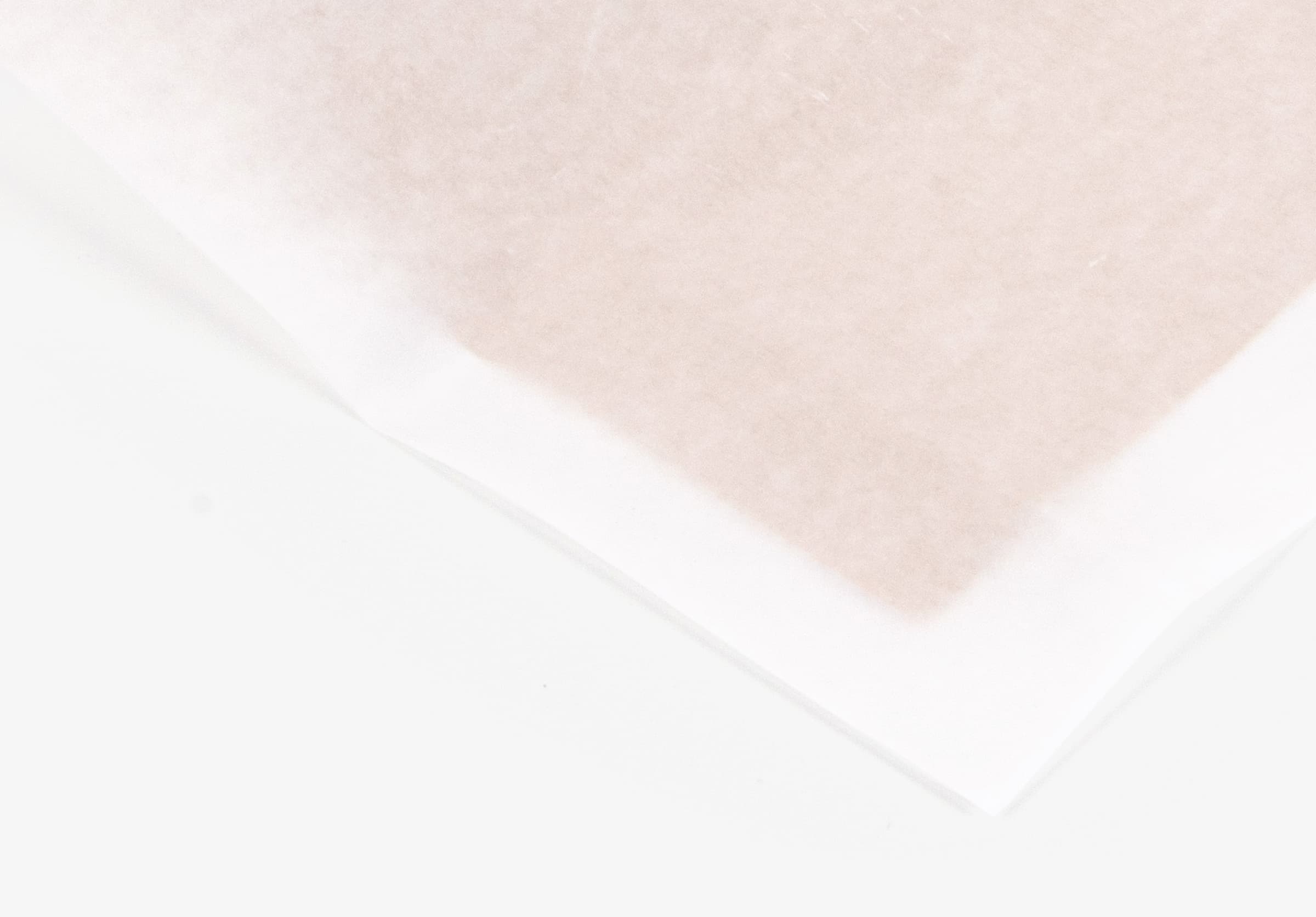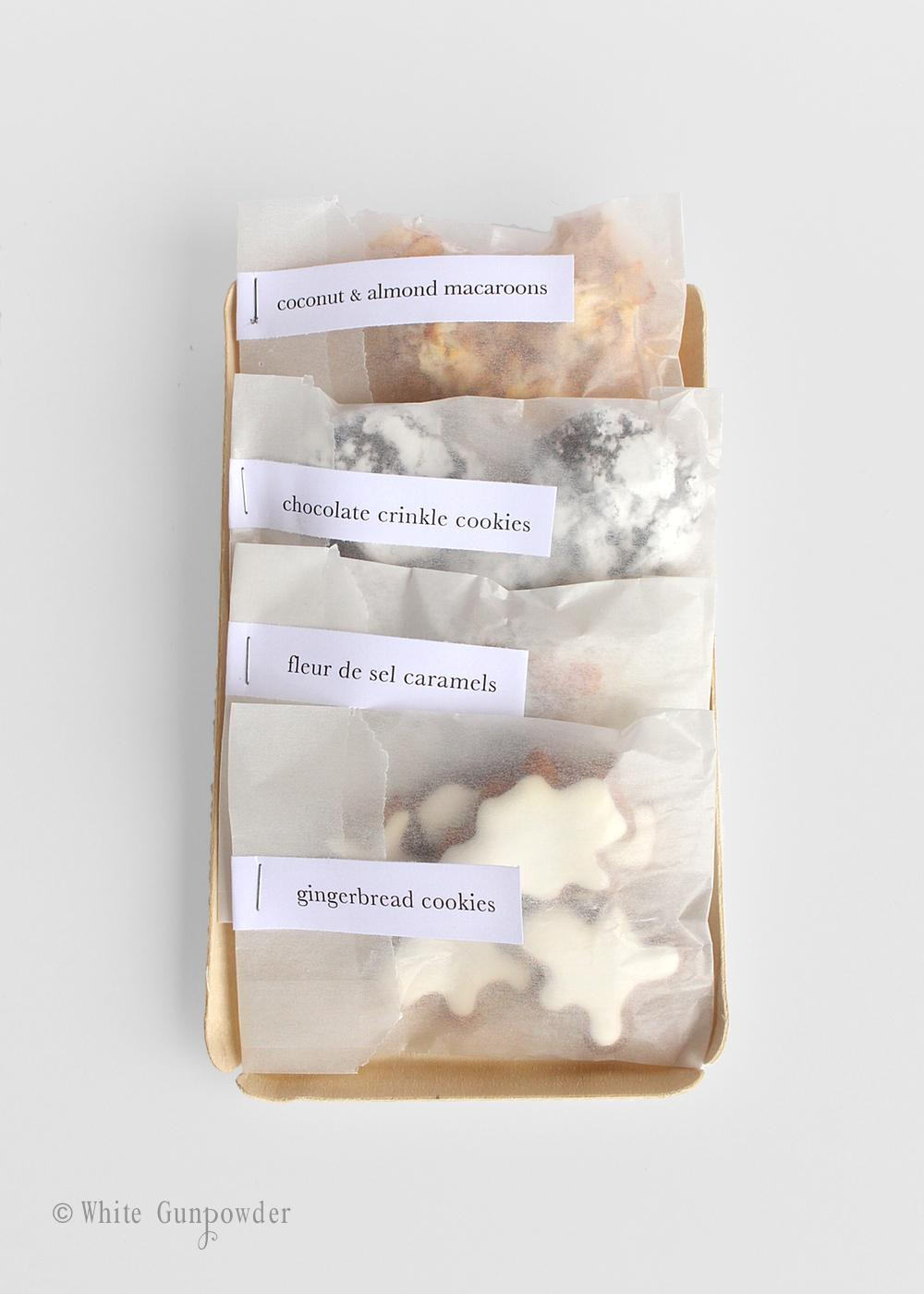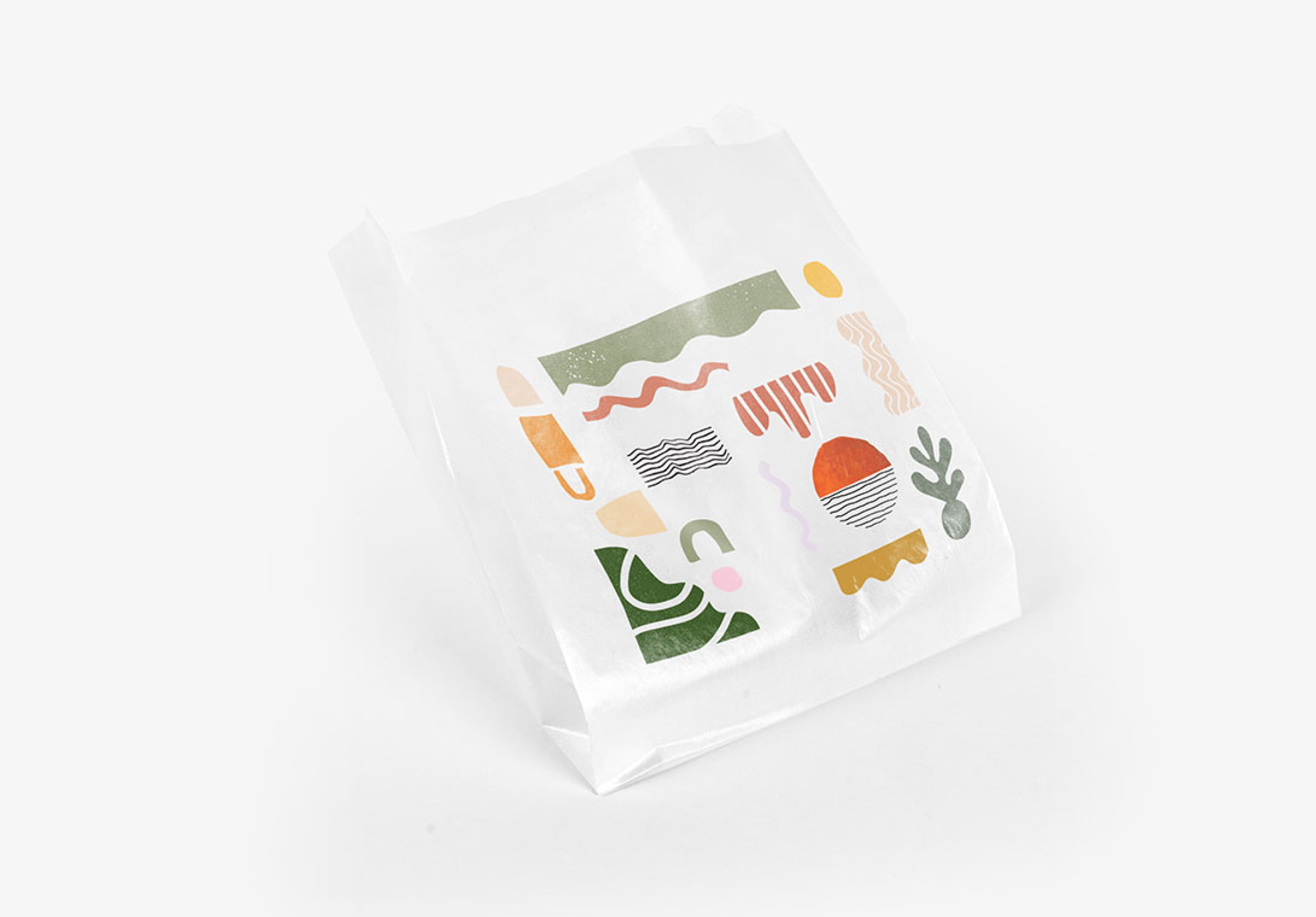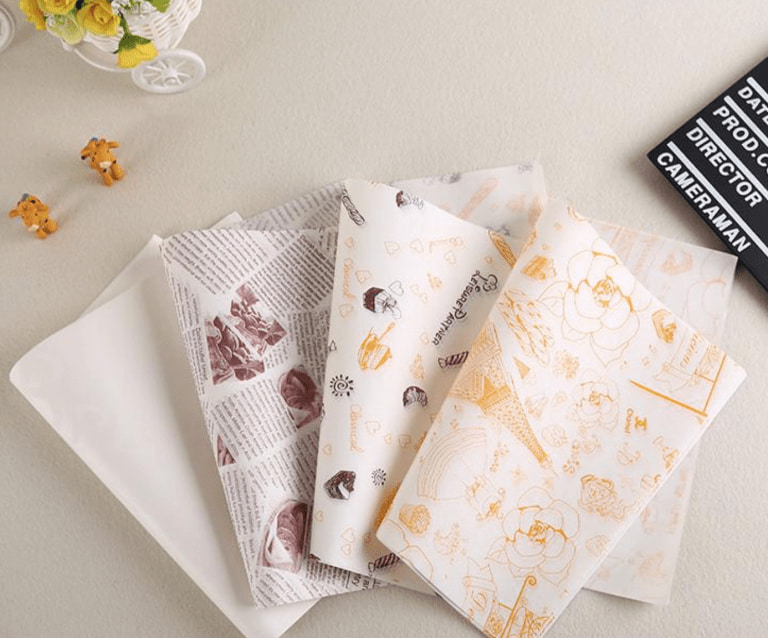Table of Contents
As the packaging industry continues to look for sustainable options, many emerging materials could change how we see packaging.
In addition, there is far more awareness of the environmental impact of plastics, and brands are now looking for ways to reduce their environmental footprint.
Materials like glassine paper might just be the solution many brands have been looking for.
We’ll take a closer look at glassine paper and help you determine if this packaging solution is right for your business.

What is Glassine?
As the packaging industry continues to look for sustainable options, many emerging materials could change how we see packaging, and materials like glassine paper are one of those options.

Unlike its name suggests, glassine is not glass but has similar features. It is a pulp-based material with a distinct look and feel. Glassine is smooth, glossy, and transparent, allowing what’s behind the paper to show through.
Because of glassine’s unique qualities, it is often confused with wax paper, parchment, plastic, and other materials. Glassine doesn’t quite feel like regular paper, but it’s incredibly versatile. Glassine paper is pH neutral, acid-free, moisture, air, and grease resistant, and fully recyclable or biodegradable.
How is Glassine Paper made?
Glassine paper uses hardwood trees like aspen, oak, and birch. The timber is cut and transported to paper mills, which are processed for pulping.
Once the trees are converted into pulp, the fibers are separated from lignin and other substances in the wood.
Lignin makes the paper brittle and prone to discoloration over time., so removing the lignin is crucial to give glassine paper its unique qualities, making it resistant to the elements.
The paper is then bleached and treated with other substances like dyes and pigments to fit grades and colors before drying. Glassine can also be made more opaque by including additives such as;
- Clay
- Titanium oxide
- Calcium carbonate
Supercalendering Process
The final step in the glassine papermaking process is supercalendering. Supercalendaring further makes glassine resistant to grease, air, and moisture, but the machine’s quality dramatically impacts the paper’s weight, thickness, brightness, grade, and other attributes.
In this step, glassine paper gains its smoothness, transparency, and glossiness by repeatedly pressing it between heated or cooled pressure cylinders or rollers known as calendars.
The Benefits of Glassine
We mentioned earlier in the article that glassine paper is;
- Acid-free
- PH neutral
- Resistant to moisture, air, and grease
Still, glassine paper is also high-density and thick, which means it has more tensile strength, folding endurance, and stiffness than other thin paper materials on the market.
Glassine’s protective layer can be used for many applications, most commonly in the food industry. Glassine paper is grease-resistant and elevates the experience of baked goods and other treats through its transparency and eco-friendliness.

Although some paper materials may need wax coatings or plastic laminates to be protective, glassine paper does not require that, further adding to its sustainable nature. Coupled with the fact that glassine is made from wood pulp, recyclability and biodegradability make glassine the perfect package for the eco-conscious business!
The Drawbacks of Glassine
While glassine paper has a lot of great qualities, it is essential to note the cons.
The main con is that the surface of glassine paper isn’t suitable for printing. While it can withstand offset and digital printing, how glassine is processed makes it more challenging to do effectively. Glassine isn’t as porous, so ink absorption is lower, and drying takes much longer.
As a result, the risk of ink smearing or a damaged design is higher, which is where glassine paper may have some limitations.
Another drawback is that although embossing is possible on glassine, the paper might be too crinkly to be as successful as on a corrugated fiberboard or folding carton paperboard.
But, with precise methods and experience, creating special finishes with glassine, such as printing and embossing, is still possible.

The Alternatives
Other options, such as vellum, parchment paper, and cellophane, are alternative papers worth exploring alongside glassine, but each has pros and cons:
- Vellum is also translucent but far more delicate than glassine paper and can be torn or damaged easily.
- Parchment paper is non-stick and resistant to elements but is not recyclable.
- Wax paper and cellophane are also available but are difficult to print or customize. The process of creating cellophane is also less eco-friendly and sustainable compared to glassine.
The Verdict
Glassine paper bags are incredibly versatile and withstand much more than your average paper bag alternative. Thanks to its durable and moisture/grease-resistant qualities, glassine paper bags can be used across a wide range of industries including;
Contact us today to discuss your sustainable paper bag options and get a quote on your own custom glassine paper solutions!





